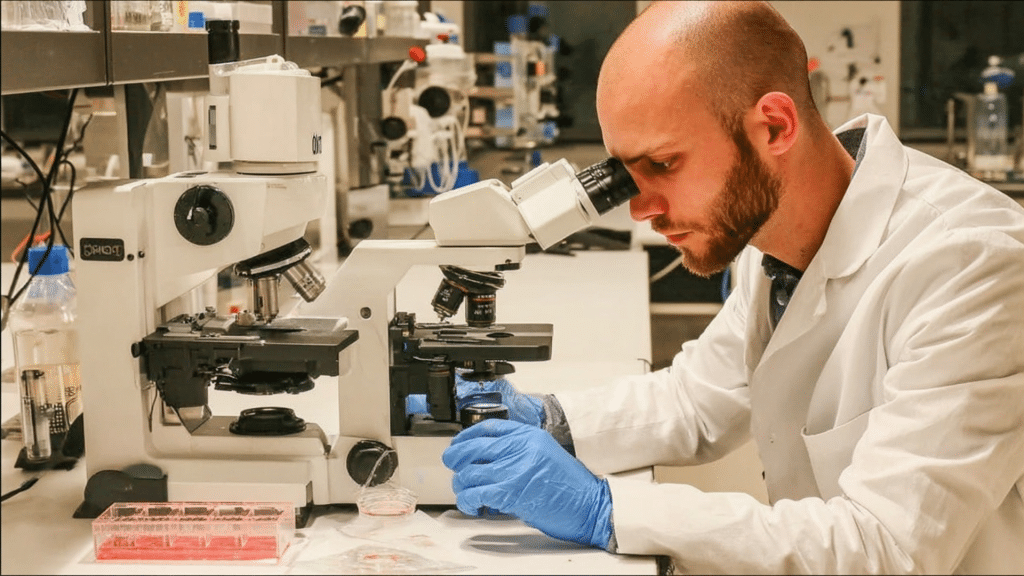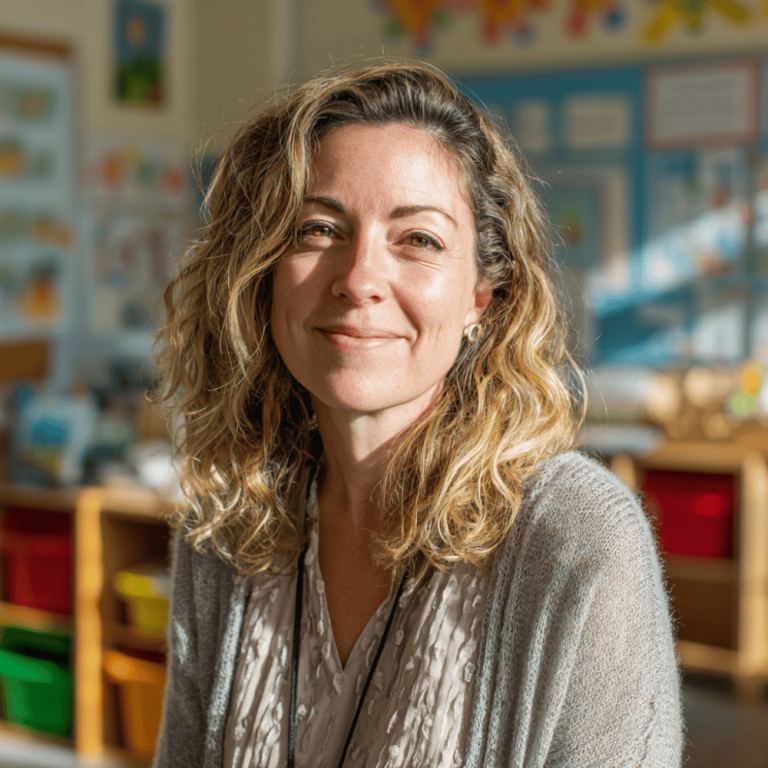Have you ever wondered how to explain big science ideas in a way kids can actually understand?
Many parents and teachers struggle to answer questions like what is a scientist for kids or what does a scientist do without making it sound too complicated.
This blog is here to help. We’ll go over who scientists are, the different things they do, the types of scientists kids should know, and even fun resources to make learning exciting.
By the end, you’ll have clear explanations and practical examples that make science simple and fun. Let’s see how every child is already a little scientist.
What is a Scientist?
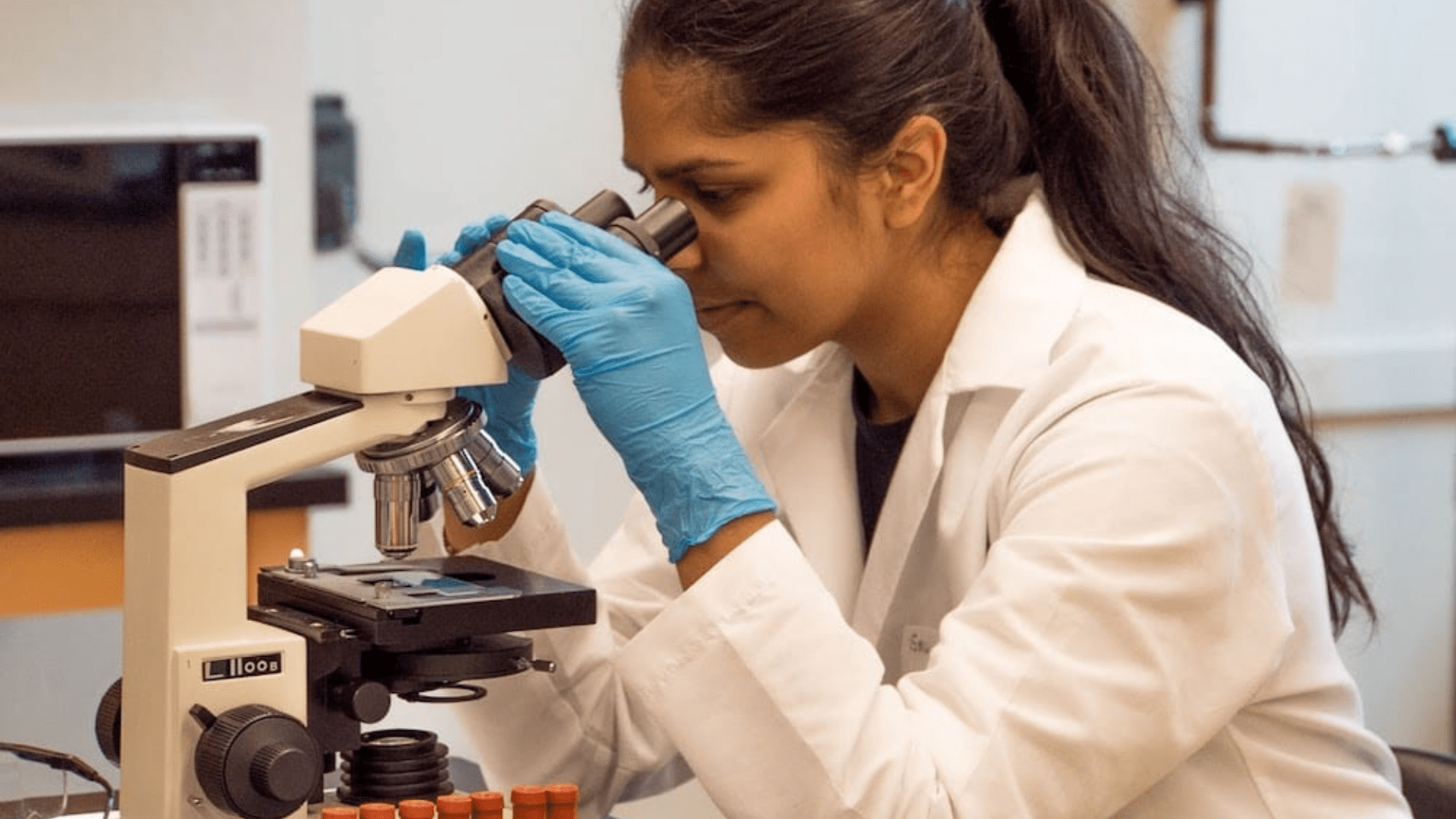
A scientist is someone who asks questions about the world and tries to find answers. In simple words for kids, a scientist is a person who studies how things work by looking closely, doing experiments, and learning from what they see.
You can think of scientists like detectives solving mysteries or builders creating new ideas.
Scientists are curious and always want to understand more. That’s what makes science fun and exciting for kids: learning what a scientist does.
What Do Scientists Do?
Scientists do many different things to learn more about the world. They don’t just ask questions; they also look for answers by using their senses, special tools, and experiments.
A scientist for kids can be explained as someone who carefully observes, measures, tests ideas, and then shares what they learn. Each of these steps is important in showing what a scientist does every day.
1. Observe
Scientists start by observing the world around them. They use their eyes to see, ears to hear, and hands to touch, noticing small details that others might miss. For kids, it’s like paying extra attention during playtime or while observing nature.
Scientists also use tools like magnifying glasses or microscopes to see things more clearly.
2. Measure
Once scientists observe, they also measure. Measuring gives them exact information instead of just guessing. They use rulers to find length, scales to check weight, and thermometers to record temperature.
For kids, it’s like checking how tall they are or how hot their soup is before eating. These measurements help scientists keep track of changes and compare results.
3. Experiment
Scientists love to experiment because it helps them test their ideas. An experiment is like a test or trial where they try something new to see what happens.
For kids, this could be mixing baking soda and vinegar to watch bubbles appear. Experiments are fun because they let scientists see if their guesses, called hypotheses, are correct.
4. Share Discoveries
After observing, measuring, and experimenting, scientists share what they discover. They might write reports, create drawings, or talk about their results so others can learn too.
For kids, it’s like telling a friend about a cool game or showing a picture they drew. Sharing is important because science grows when people learn from each other.
How to Think Like a Scientist
Thinking like a scientist means using your curiosity to investigate the world and ask questions. It’s about noticing details, testing ideas, and sharing what you learn. For kids, this is something you already do every day when you play, observe, and try new things.
- Curiosity and Questions – Scientists are curious and always want to know more. They ask questions like “Why does this happen?” or “How does that work?” For kids, curiosity could be wondering why the sky changes colors or how plants grow. Asking questions is the first step to learning.
- Looking for Clues – Like detectives, scientists search for clues in the world around them. They notice patterns, track changes, and use clues to answer their questions. For kids, this might mean watching how ice melts in the sun or noticing footprints in the sand.
- Testing and Trying – Scientists test their ideas instead of just guessing. For kids, this can be trying different ways to build a block tower or mixing paint colors. Testing and trying help scientists learn from mistakes and find new answers.
- Sharing Ideas – Scientists share what they learn so others can benefit. They might write, draw, or explain discoveries. For kids, sharing could be telling a friend about a fun science project or showing a teacher what they found. Sharing helps everyone learn together.
Types of Scientists
Scientists study many different things. Each type of scientist has a special focus, and together they help us understand the world better.
1. Biologist
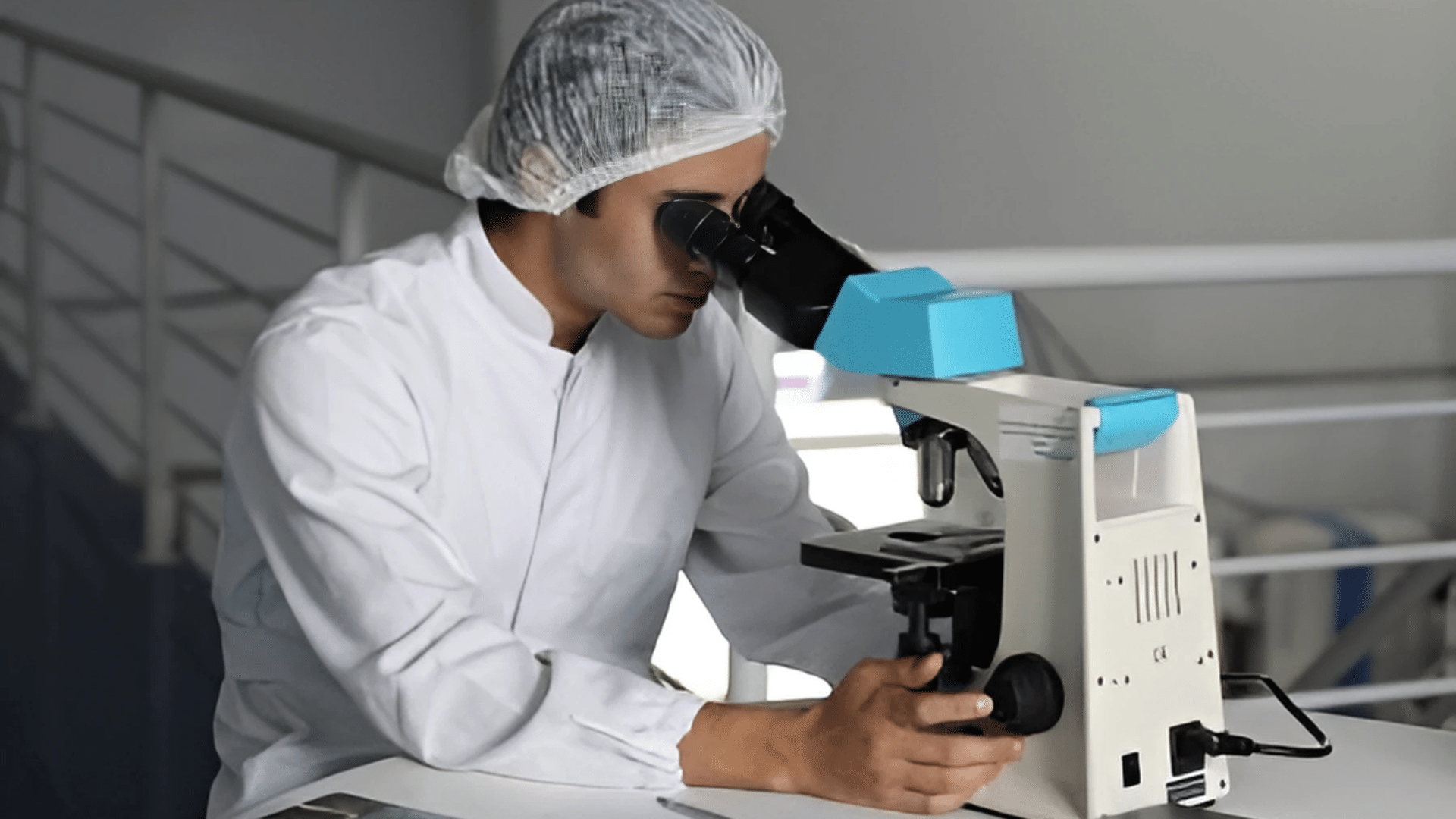
A biologist studies living things like animals, plants, and even tiny insects. They might visit forests, oceans, or gardens to see how life grows and changes.
For kids, this is like watching ants build tunnels or learning how flowers bloom. Biologists help us understand how living things survive.
2. Chemist
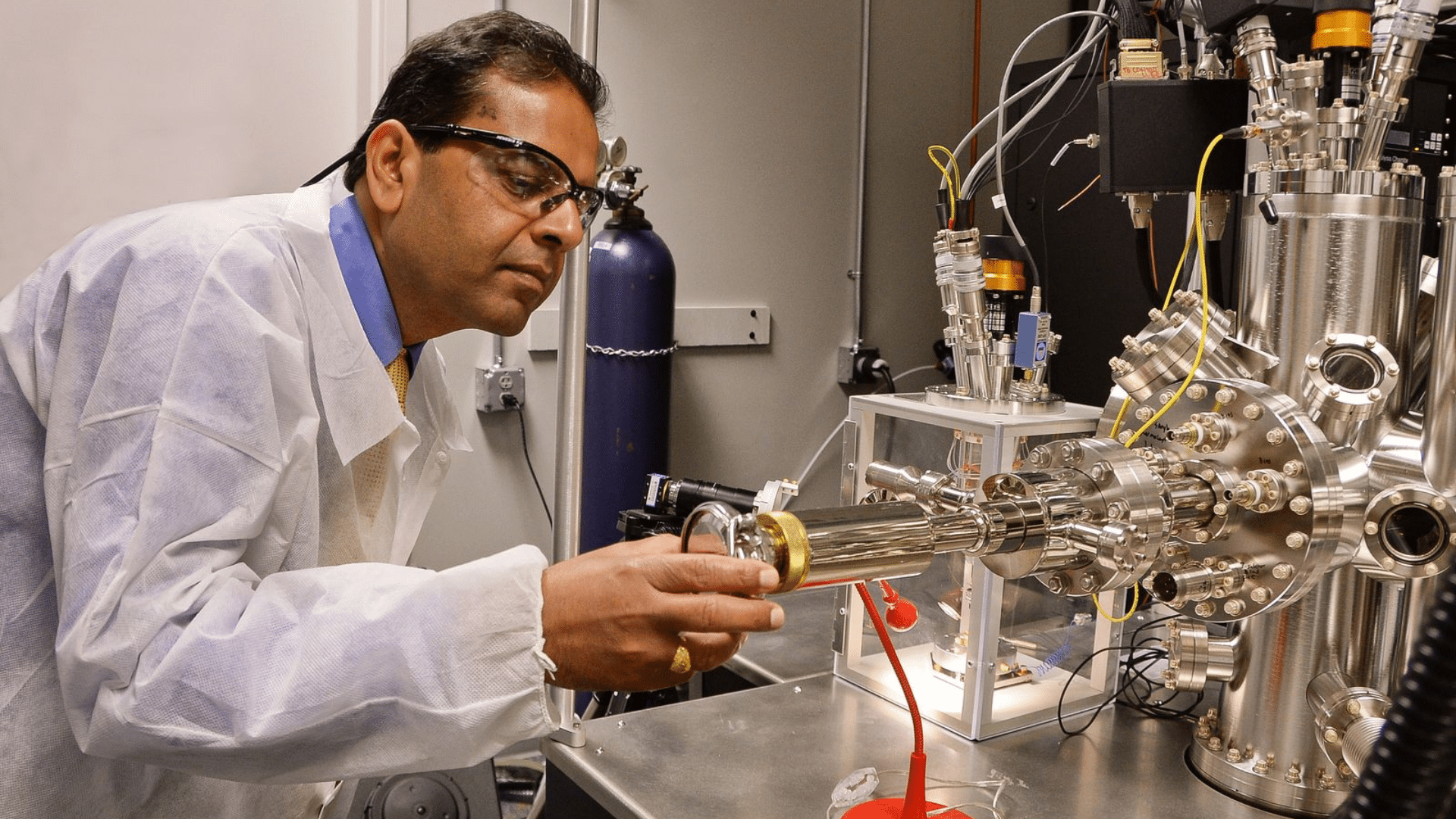
A chemist studies different materials and how they react when mixed together. They create new things like medicines, soaps, and even tasty flavors in food.
For kids, this is like experimenting in the kitchen by mixing sugar and water. Chemists show how combining things can make something brand new.
3. Astronomer
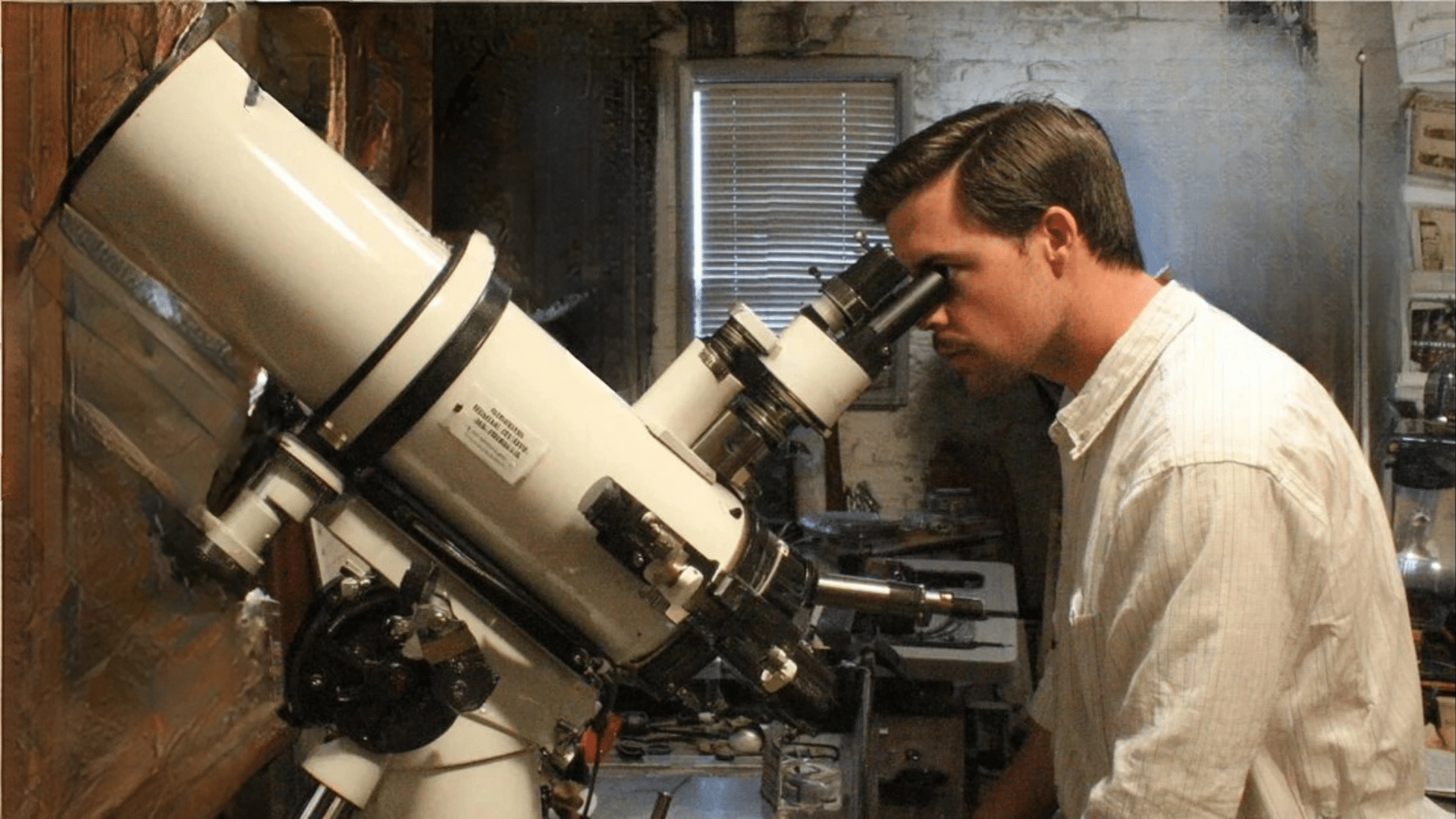
An astronomer studies space, including stars, planets, and galaxies far away. They use telescopes to see what’s beyond Earth.
For kids, it’s like stargazing at night and wondering about the moon. Astronomers help us understand space, discover new planets, and answer big questions about the universe.
4. Geologist
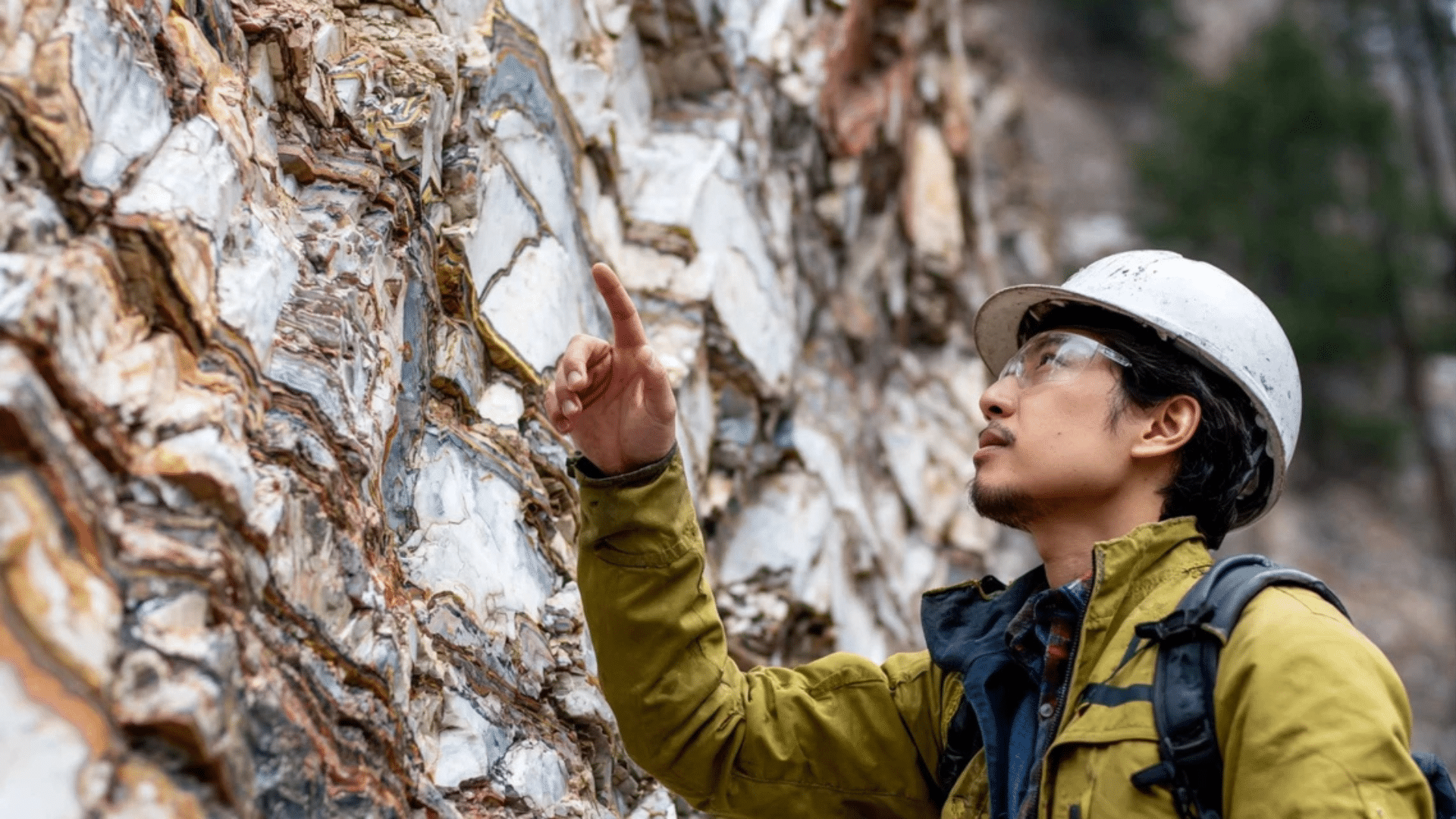
A geologist studies rocks, mountains, earthquakes, and volcanoes. They look at how the Earth changes over time.
For kids, this could be collecting cool rocks or noticing layers of sand at the beach. Geologists teach us about Earth’s history and how our planet keeps changing.
5. Meteorologist
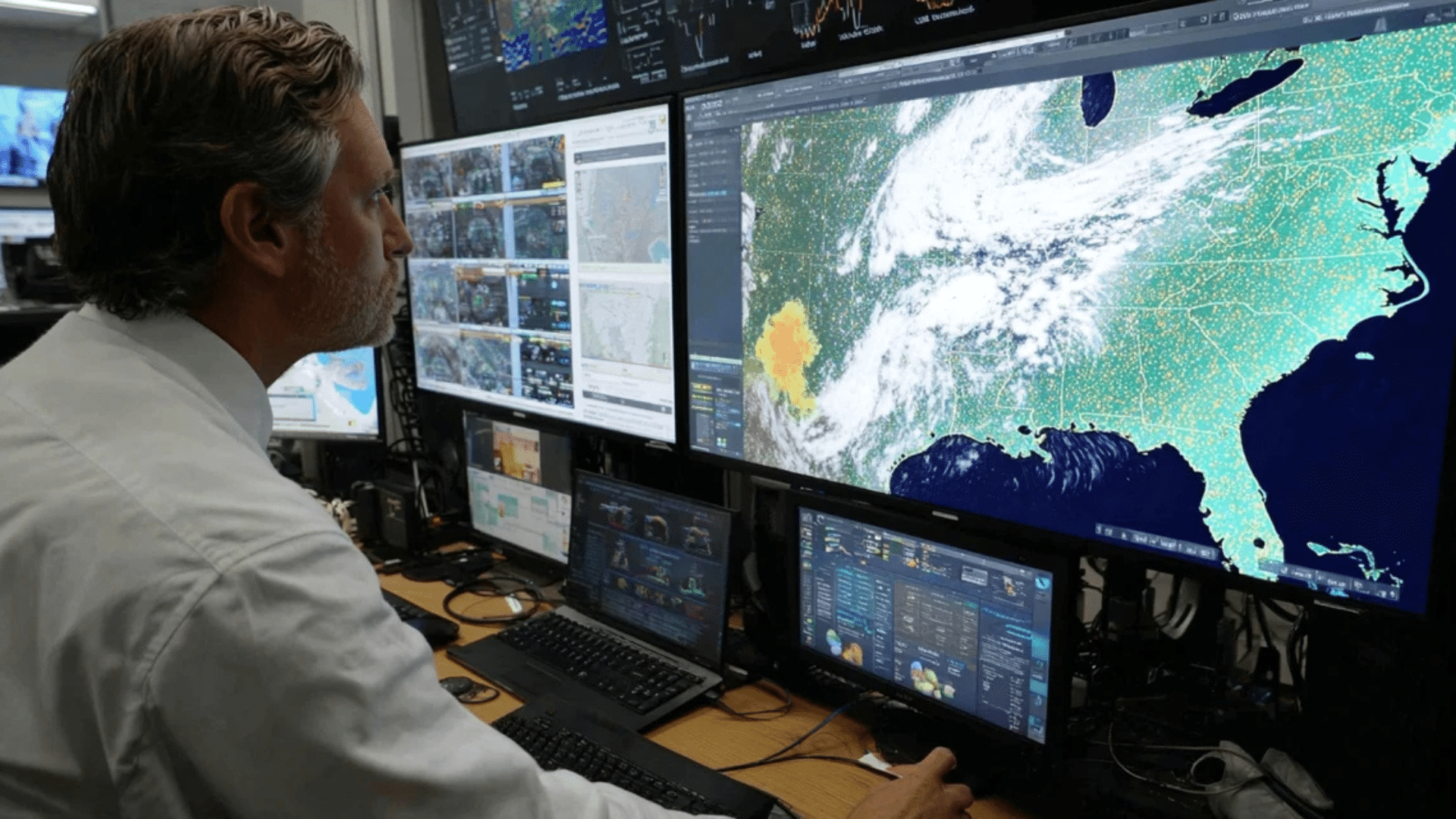
A meteorologist studies the weather and predicts what might happen next. They look at clouds, wind, and storms to make forecasts.
For kids, it’s like guessing if it will rain tomorrow, so you bring an umbrella. Meteorologists help us prepare for sunny days or dangerous weather.
6. Paleontologist
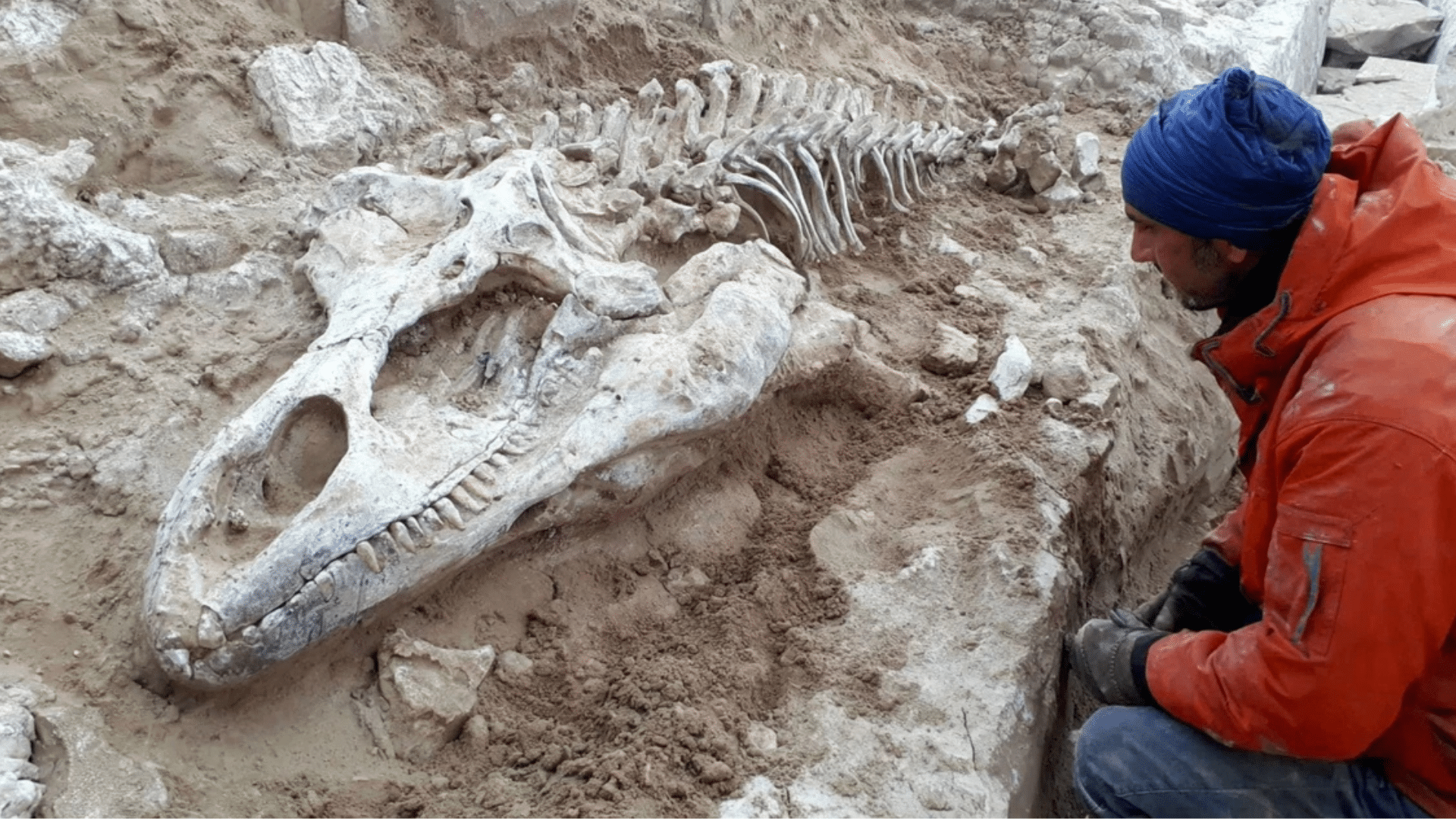
A paleontologist studies fossils to learn about dinosaurs and other ancient life. They dig into the ground to find bones and clues from the past.
For kids, it’s like playing with dinosaur toys but in real life! Paleontologists help us understand what the world was like millions of years ago.
Kids as Scientists
Kids don’t have to wear lab coats to be scientists. In fact, many everyday activities already show what a scientist does. When kids bake cookies, they’re using chemistry to mix ingredients.
Gardening teaches biology by watching plants grow. Even building with blocks is like engineering. These simple tasks help kids learn how things work.
Children can also try easy experiments at home, like mixing baking soda and vinegar to see bubbles, or planting seeds to watch them sprout. These activities show kids that science is part of daily life.
So, how are kids already thinking like scientists? Every time they ask questions, test ideas, or share discoveries with friends and family, they’re doing exactly what real scientists do. Curiosity makes every child a natural scientist.
Famous Scientists Kids Should Know
Many scientists have changed the world with their discoveries. Learning about them helps kids see how curiosity and hard work can make a big difference. Here are some inspiring scientists every child should know:
- Marie Curie – She studied chemicals called radioactive elements and discovered new ones like radium. Her work helped doctors use X-rays to look inside the human body.
- Albert Einstein – He was curious about space, time, and energy. His famous ideas explained how the universe works, and today, his discoveries even help with GPS technology.
- Katherine Johnson – A brilliant mathematician who worked for NASA. She helped calculate the paths for rockets and astronauts, making space travel safe and possible.
- Jane Goodall – She studied chimpanzees in Africa and showed the world how smart and social they are. Her work teaches us to respect and protect animals.
Fun Learning Resources
- Printable Worksheets – Science worksheets give kids activities like matching scientists to their tools, labeling pictures, or answering simple questions. Sites like Education.com and Twinkl offer free and paid printables for different age groups.
- Videos – Short science videos make big ideas simple. Channels like SciShow Kids,Smithsonian Science Education, and Mystery Science are great for fun lessons with visuals that kids will remember.
- DIY Activities – Hands-on experiments, like making slime, growing crystals, or building a baking soda volcano, let kids practice what a scientist does. Parents and teachers can find easy step-by-step ideas on Science Buddies and PBS Kids.
- Books for Kids About Science – Storybooks and picture books bring science to life. Great choices include Women in Science by Rachel Ignotofsky, Ada Twist Scientist by Andrea Beaty, and National Geographic Little Kids First Big Book of Science.
Conclusion
Learning what a scientist is for kids shows us that science is really about curiosity, asking questions, and finding answers.
We’ve learned what a scientist does, the different types of scientists, and fun ways kids can try science every day.
The main takeaway is that every child is already a little scientist when they observe, test ideas, and share what they learn. Keep encouraging curiosity through small experiments, stories, and activities at home or in class.
Science becomes exciting when kids see it in action. If you enjoyed this blog, keep learning for more kid-friendly science ideas and resources to keep the learning going.


